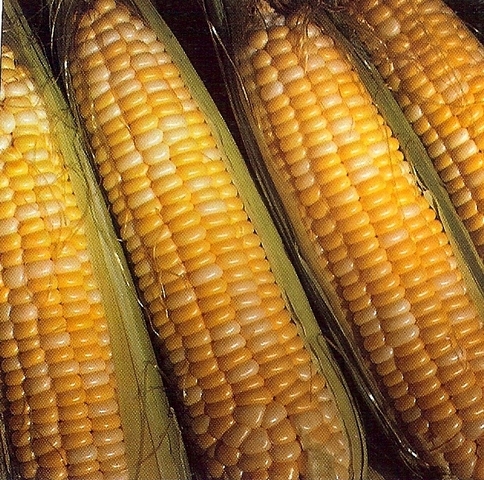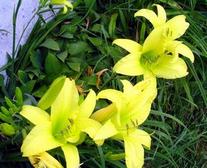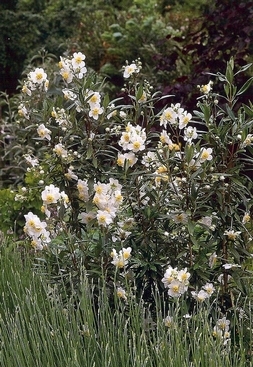There have been two fires close to where I live in Felton, one of which was only 5 miles or so away on Martin Grade in Bonny Doon. This started me thinking: what is a landscape that is safer in a wildfire than another? Here is what I found out.
Many people think they have to clear everything within 30 feet of their house to truly have a defensible space. This is unnecessary and actually unacceptable because it leads to soil erosion and the destruction of animal habitats. What we should want to do is retain the character of this beautiful area we live in, provide the food and shelter that our native wildlife are accustomed to AND reduce fire risk.
For example, grasslands mowed to leave 4-6" of height allow insects, reptiles, amphibians, and small mammals shelter, food and a place to reproduce. Leaving 4-6" standing also provides some erosion protection and shades out some of the weeds that follow disturbance. 
Fire safe landscaping is a term used to describe defensible space. It can look like a traditional landscape. The idea is to surround the home with things less likely to burn and place them to provide separation between canopies and avoid creating fire ladders. Many homes may not have 30 ft. between their house and the property line but following these guidelines will help. Plants in this area need to be the slowest to ignite and should produce the least amount of heat if they do burn. There are plants with some fire resistance which include drought tolerant Mediterranean climate selections as well as natives.
The key to fire resistance, though,is maintenance and keeping the moisture in the foliage high. This may mean deep infrequent watering every month or two during the summer months. For example, Baccharis pilularis or dwarf coyote brush is generally considered highly flammable if its lush green top growth covers a hazardous tangle of dry branches and leaves several feet high. Trim this plant down low in early spring, remove the dry undergrowth, follow with a light feeding and watering and the new top growth is now resistant to fire.
Drought tolerant plants with some fire resistance if properly maintained include trees like strawberry tree and western redbud. Shrubs include escallonia, pittosporum, dwarf pomegranate and coffeeberry. Groundcovers for areas closest to your house include ornamental strawberry, red fescue, and sedum. Perennials to try: yarrow, bush morning glory, coreopsis, fortnight lily, hens and chicks, daylily, lavender, penstemon, santolina,sticky monkey flower and society garlic. Vines that resist fire when maintained and watered occasionally include pink jasmine, white potato vine, cape honeysuckle and star jasmine.
In areas 30-70 ft. away from your house plant should be trimmed and thinned to create well-spaced groups and help prevent a fire in the wildland from spreading to your home. Be cautious with slopes. If you have a large lot, the fringe area should be inspected and maintained regularly to eliminate any build up of dry brush and litter. This reduces the chance of surface as well as crown fires. Extremely flammable plants have a high content of oil or resin and should be separated from each other, removed of dead branches and lower limbs, and kept free of dry debris anywhere around your property. Extremely flammable pyrophytes like hollywood juniper, pines, fountain grass, japanese honeysuckle will need a higher level of maintenance.
Other common plants that are highly flammable are manzanita, california sagebrush, california buckwheat, toyon, rosemary, deer grass and purple hopseed. If you have these plants on your property yearly pruning and maintenance is important. All vegetation, including native plants and ornamentals in a residential landscape, is potential wildfire fuel. Vegetation that is properly pruned and maintained, however, can slow a wildfire and reduce the amount of heat around your home. Irrigation is vital in a fire safe landscape to maintain plant moisture especially in the 30 ft around your home. Mulching around your plants will preserve this precious commodity in these times of drought. Plantings beyond 30 ft. should be irrigated occasionally but to a lesser extent. As you get 70-100 ft from the home, native plantings that require little or no irrigation should be used.
These are just come of the many tips for fire safe landscaping. Find out more from the California Department of Forestry .

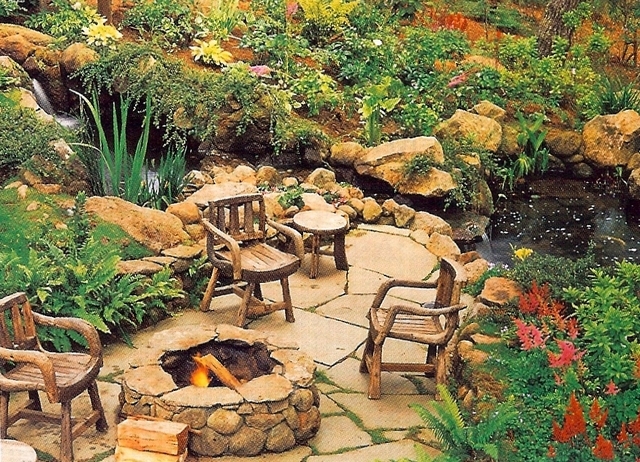
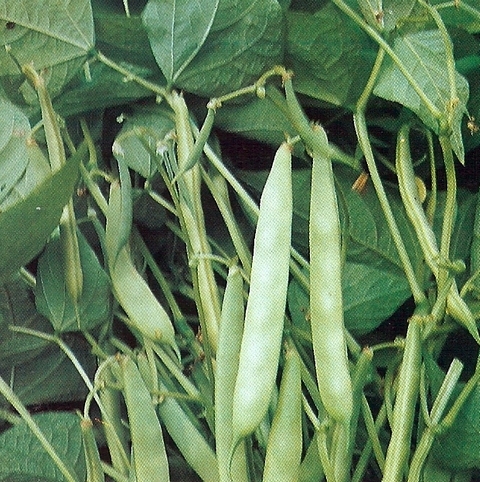 time, then side dress when the plants are 8" tall and again when they are 18" tall. Corn needs abundant water throughout the season but especially from tasselling to picking time. Lastly, plants need deep healthy roots that develop in soils rich in organic matter, Heavy, poorly drained soils will produce dismal crops.
time, then side dress when the plants are 8" tall and again when they are 18" tall. Corn needs abundant water throughout the season but especially from tasselling to picking time. Lastly, plants need deep healthy roots that develop in soils rich in organic matter, Heavy, poorly drained soils will produce dismal crops.